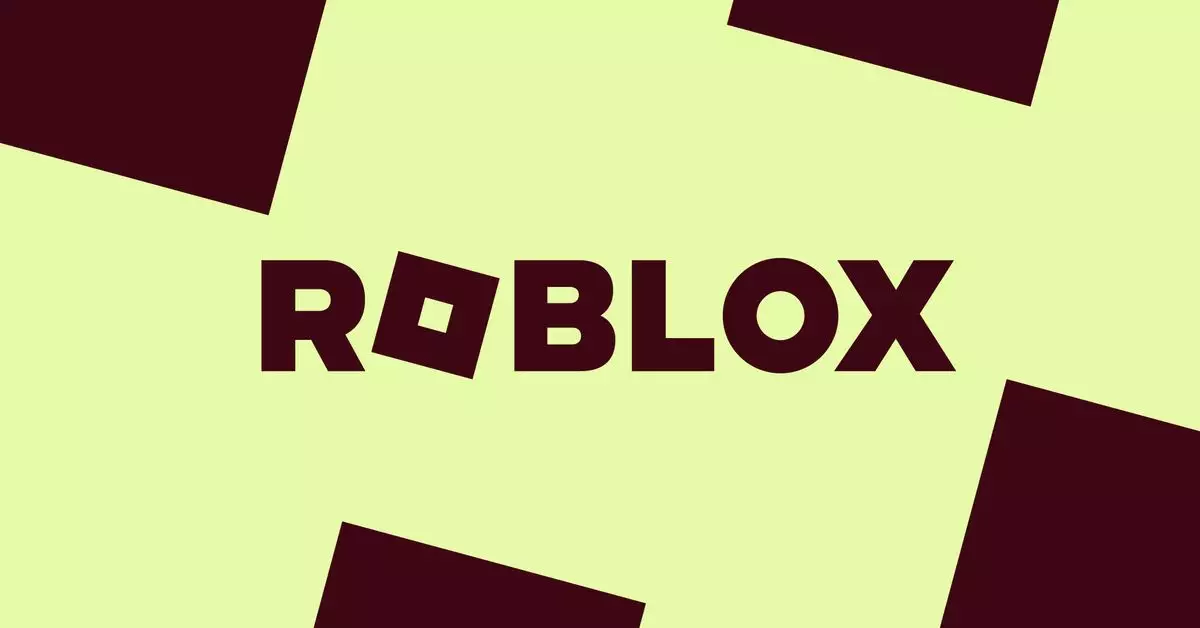Roblox, a popular online gaming platform beloved by millions of children worldwide, is making headlines for its enhanced efforts to bolster child safety. In an era where digital interactions often carry risks, the company has announced a series of significant updates tailored for users under the age of 13. On the forefront of these changes is the restriction of direct messaging (DM) capabilities for younger players, a move prompted by increasing concerns regarding inappropriate interactions and predator activity within the gaming community.
Beginning this week, children younger than 13 will face new limitations that prevent them from sending direct messages to players outside of Roblox games. Furthermore, any in-game messaging will require explicit parental permission, ensuring that parents are more involved in their children’s online interactions. However, Roblox has indicated that these features will not be fully operational until the first quarter of 2025, pointing to a gradual rollout rather than an immediate overhaul. This careful implementation seeks to address the alarming reports about child safety on the platform while allowing time for necessary adjustments.
The decision to implement stricter communication guidelines is rooted in alarming findings published by various sources, including a critical piece by Bloomberg which detailed the disturbing reality of predators exploiting chat functions to engage with minors. Furthermore, Hindenburg Research’s stark characterization of Roblox as an “X-rated pedophile hellscape” amplifies the urgency for these protective measures. Such reports not only shine a light on the vulnerabilities present in online gaming but serve as a wakeup call for both parents and corporations regarding the imperative to prioritize child safety in digital spaces.
Roblox’s new policies build upon an existing framework of automatic chat filters designed to block the exchange of personal information. However, while these measures are crucial, they are only a part of a more comprehensive approach to safety. Alongside chat restrictions, the introduction of accounts for parents and caregivers will empower guardians with the tools needed to monitor their children’s usage remotely. Unlike previous systems that required physical access to a child’s account, this innovation allows for greater oversight without the need for constant parental intervention.
In addition to messaging controls, Roblox is updating its approach to how content is categorized on the platform. Instead of age-specific ratings, experiences will now be assigned content labels, describing potential thematic elements such as “moderate fear” or “crude humor.” This nuanced system helps inform parents about the nature of the content their children may encounter. Specifically, users under the age of 9 will only have access to experiences labeled as “minimal” or “mild,” unless given permission by their parent or guardian. Additionally, Roblox will restrict access to social hangout experiences for users under 13, further narrowing exposure to potential risks.
Roblox’s recent initiatives to improve child safety represent a commendable step in the right direction for ensuring a secure online environment for its youngest users. While there is still work to be done, especially in light of ongoing concerns about safety, these changes reflect a recognition of the challenges faced in the digital realm and a commitment to fostering a safer gaming experience. As these features continue to roll out, the hope is that they will lead to a more secure, enjoyable platform for children and peace of mind for parents navigating the complexities of online interactions.

